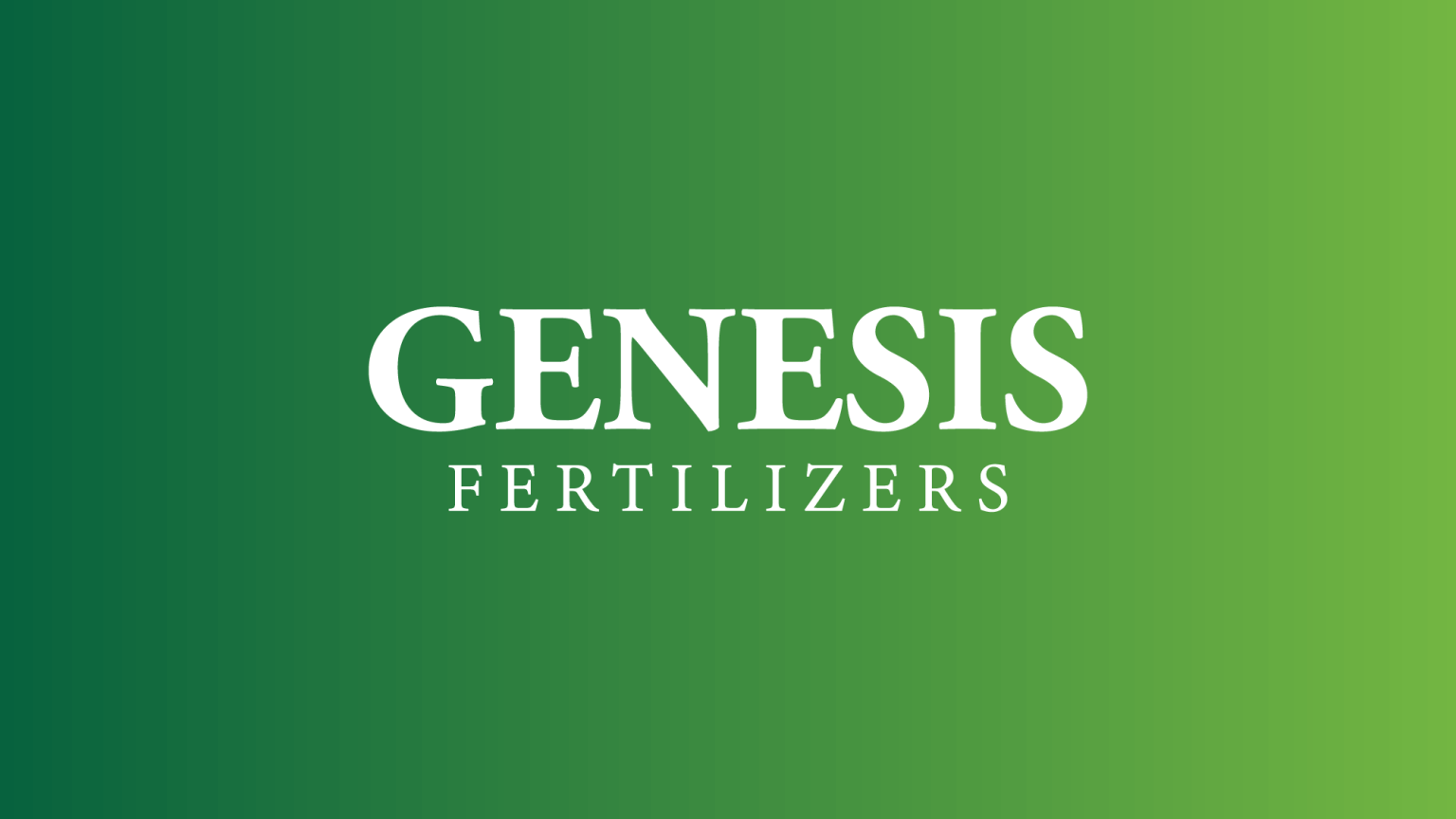[et_pb_section fb_built=”1″ _builder_version=”4.16″ global_colors_info=”{}”][et_pb_row _builder_version=”4.16″ background_size=”initial” background_position=”top_left” background_repeat=”repeat” global_colors_info=”{}”][et_pb_column type=”4_4″ _builder_version=”4.16″ custom_padding=”|||” global_colors_info=”{}” custom_padding__hover=”|||”][et_pb_text admin_label=”Text” _builder_version=”4.23″ text_font=”|300|||||||” text_line_height=”1.3em” header_line_height=”1.1em” background_size=”initial” background_position=”top_left” background_repeat=”repeat” header_3_font_size_tablet=”” header_3_font_size_phone=”22px” header_3_font_size_last_edited=”on|phone” global_colors_info=”{}”]
Fertilizer Market Report – November 29, 2023
[/et_pb_text][et_pb_button button_url=”https://genesisfertilizers.com/wp-content/uploads/2023/11/Market-Update-November-2923.pdf” button_text=”Download Market Report” admin_label=”Button” _builder_version=”4.23″ _module_preset=”default” global_colors_info=”{}”][/et_pb_button][et_pb_text admin_label=”Text” _builder_version=”4.23″ text_font=”|300|||||||” text_font_size=”16px” text_line_height=”1.3em” header_line_height=”1.2em” header_2_line_height=”1.2em” header_6_line_height=”1.3em” background_size=”initial” background_position=”top_left” background_repeat=”repeat” header_font_size_tablet=”” header_font_size_phone=”28px” header_font_size_last_edited=”on|phone” global_colors_info=”{}”]
US & Brazil, Wheat Trends, Bill C-234 Updates, and North American Price Review
Fertilizer Market Report 2023/11/29 | In this week’s report, we delve into Argus’ monthly spotlight focusing on the US and Brazilian fertilizer markets, technical analysis on the wheat markets from DTN, Bill C-234 stalled again in Senate and last week’s North American fertilizer prices.
Argus Fertilizer Matters
Argus Market Spotlight for November focuses on the US and Brazil. We are highlighting some of the salient points on the US market because it impacts the Canadian fertilizer market as the US is a key producer and importer of MAP and urea centered around NOLA. That fertilizer, especially MAP, is imported into Western Canada. In the US, fertilizer movement has been slow as producers are focused on the harvest and we are nearing the upper Mississippi River close. Therefore, the window to move fertilizer into position on the upper Mississippi has shut, hence the recent weakness in NOLA prices.
We are waiting for fall ammonia applications to lead into dry applications, when we should see urea buyers re-emerging in the US market. Argus wonders whether we are going to see hesitant buying to oppose the import lineup which seems to be lagging historical norms. Argus commented that they are wondering if this would lead to a supply squeeze (resulting in higher prices) or would the lower import lineup be offset by hesitant buying (sideways to lower prices).
On the phosphate side, the US Department of Commerce shook up the trade flow with raised import duties to Phosagro and reduced duties to OCP.
We wrote about how this could impact phosphate prices in Canada in our weekly fertilizer report published on Nov. 8, 2023. We could see a situation where Phosagro ceases shipments to the US and there is still some uncertainty as to whether OCP’s lower rate will bring it back into the US market.
Wheat Prices and The Instability of One-Way Markets
Interesting article from DTN on Wheat Prices and the Instability of One-Way Markets, especially given the recent weakness in wheat prices. DTN’s lead analyst, Todd Hultman went back nine years to analyze the last time wheat prices were this one-sidedly bearish for this amount of time. His analysis makes for a good read for those wheat producers who put Canada in the top ten of global wheat producing countries.
News of the Week
Last week we published that Canadian farmers will continue to pay carbon tax on grain drying and building and heating after the progression of Bill C-234 came to a standstill in the Senate following Sen. Bernadette Clement’s motion to adjourn the bill’s debate during its third reading last week.
With the Senate not convening again until Nov. 21, farmers are left in a position where they will persist in bearing the burden of the carbon tax on grain drying and building heating and cooling. According to the Parliamentary Budget Officer’s report, scrapping the carbon tax could potentially save farmers nearly $1 billion by 2030.
It happened again. On Nov. 24 the National Post published that a vote on Bill C-234 was delayed another week.
North America Urea Last Week
The urea price lows and highs in Western Canada remained in a range of C$750-C$760/mt DEL. Early this week we saw an offer in Congress SK of C$705/mt DEL, according to Green Markets.
Last week, urea NOLA fell again to a range of US$323-US$335/st from the previous week’s range of US$332-US$335/st.
North America Phosphate Last Week
According to Green Markets, the latest MAP offers in Western Canada were flat last week in a range of C$1,050-$1,060/mt DEL.
NOLA MAP fell slightly to a range of US$590-US$600/st from the previous week’s range of US$600-$630/st.
Industry Tidbits
- Farmers must use fossil-fuel-based grain dryers, scientist says | Calgary Herald
- Global crop projections increased | The Western Producer
- Wheat exports running hotter than originally expected | The Western Producer
- Brazil muscles its way into global wheat market | The Western Producer
- You’re Not Rich – Why the next generation of farms may not live like the last one | Farmer Coach
- Ag Autonomy Kicks Up Dust As Acquisition Deals Accelerate | forbes.com
- Transforming Canada’s Agriculture Sector: A Call for Climate-Smart Policies and Investments | AgriBusiness Global
[/et_pb_text][/et_pb_column][/et_pb_row][/et_pb_section]











